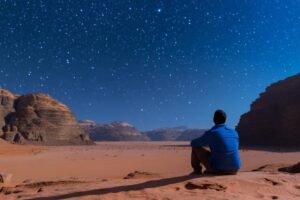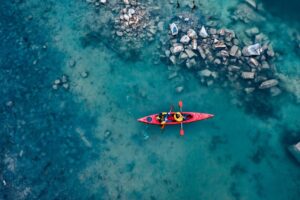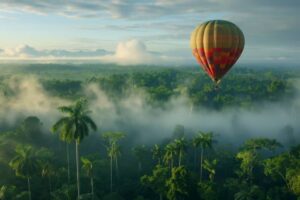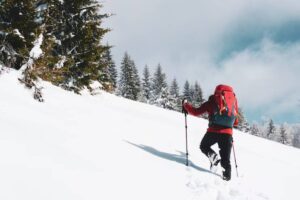The Travel Blog
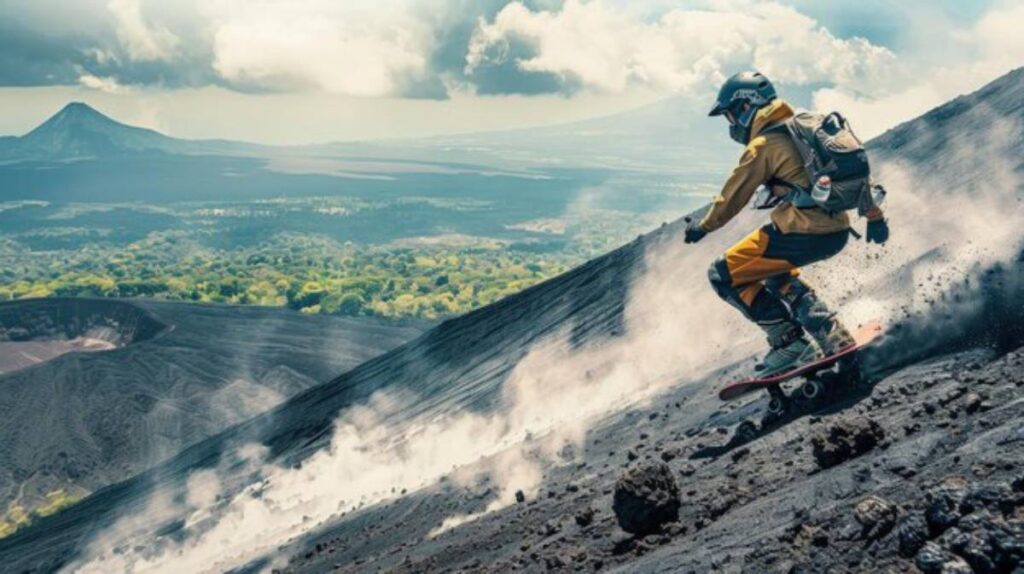
Volcano Boarding in Nicaragua: Sliding Down Cerro Negro
Meet the World’s Hottest Adventure Sport
What if your next thrill involved racing down an active volcano on a wooden board at 50 miles per hour? Welcome to volcano boarding in Nicaragua, an adventure so wild it sounds like a dare from an extreme sports documentary. This isn’t just a quirky travel fad — it’s a rite of passage for adrenaline seekers trekking through Central America.
Nestled in Nicaragua’s León region, Cerro Negro offers the perfect blend of danger and excitement. Jet-black slopes of loose volcanic rock create a one-of-a-kind descent that draws thousands each year. But what exactly is volcano boarding? How do you prepare? And what makes Cerro Negro such a global icon in the world of adventure travel? This guide answers all that and more.
What is Volcano Boarding?
The Basics
Volcano boarding is a relatively new extreme sport where participants ride boards down the ash-covered slopes of active volcanoes. Unlike snowboarding or sandboarding, it happens on hot, unstable terrain.
There are two styles:
- Sitting down: Most popular and easier to control
- Standing up: More advanced, similar to snowboarding
You’ll suit up in a protective jumpsuit, goggles, and gloves, then launch yourself down a slope of ash and lava rock for one wild ride.
Why Cerro Negro?
A Volcanic Gem
Cerro Negro, or “Black Hill,” is one of the youngest and most active volcanoes in the Western Hemisphere. Formed in 1850, it has erupted over 20 times, with the most recent activity in 1999. Don’t worry, it’s closely monitored.
What Makes It Ideal for Boarding?
- Perfect gradient: 728 metres high with a 41-degree slope
- Ash terrain: Soft enough to absorb impact, but slippery enough to glide
- Accessibility: Only a 45-minute drive from León
This makes Cerro Negro the undisputed home of volcano boarding.
The Climb: Getting to the Top
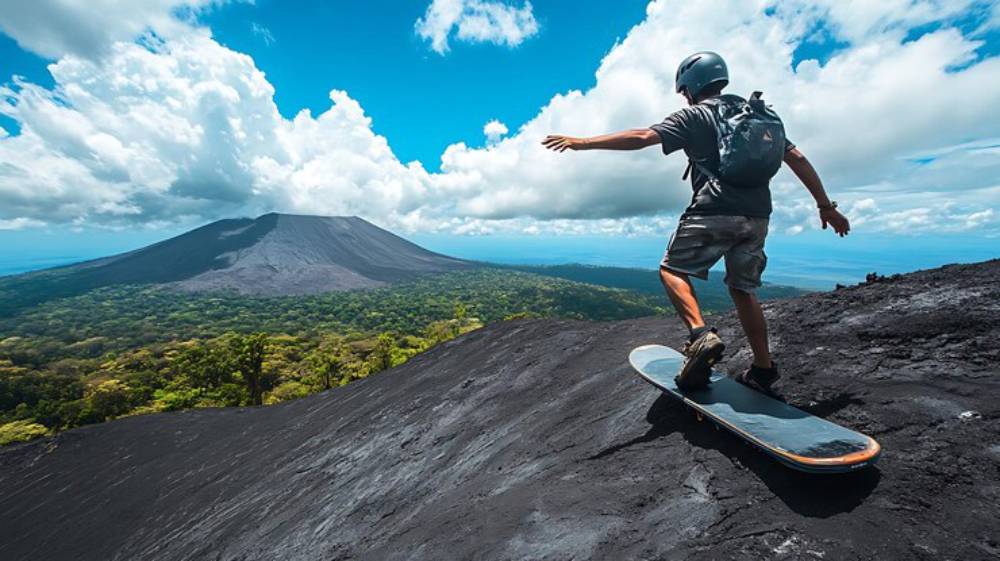
Before you ride, you hike. The trek to the summit takes around 45 minutes to an hour, depending on your fitness level. Don’t underestimate it — you’re hauling a board and gear uphill under the Nicaraguan sun.
What to Expect:
- Volcanic terrain: Black gravel, loose ash, sharp rocks
- Windy ridges: Hold on tight to your board!
- Epic views: Overlook surrounding volcanoes and Pacific coastline
Many adventurers say the hike is half the experience. It builds anticipation, connects you to the landscape, and preps your mind for the adrenaline to come.
The Descent: Speed Meets Scree
Now for the heart-racing part.
How Fast Can You Go?
Speeds of 40–60 mph (64–96 km/h) are common. Some daredevils have clocked higher!
Controlling the Ride:
- Lean back to go faster
- Dig heels in to slow down
- Keep your mouth closed (volcanic dust gets everywhere)
Guides give you a full safety briefing and some practice tips before launching off. And yes, there’s usually someone at the bottom with a speed gun to track your descent.
Gear and Safety: Suiting Up for the Volcano
Essential Gear:
- Wooden or metal volcano board
- Jumpsuit and gloves
- Goggles and a helmet
Tips for Staying Safe:
- Follow your guide’s instructions to the letter
- Don’t attempt standing unless you’re experienced
- Keep a scarf or a buff to cover your mouth
- Bring water — dehydration sneaks up on you
Though it may sound like madness, volcano boarding has an excellent safety record when done through licensed tour operators.
Choosing a Tour Company
You can’t just show up and rent a board on your own. Tours are mandatory, both for safety and environmental reasons.
Top Operators:
- Bigfoot Hostel & Volcano Boarding: The original and most famous
- Quetzaltrekkers: A nonprofit that funds local education programmes
- Volcano Day: Offers combo adventures with hiking and sandboarding
Prices range from $30 to $50 USD, often including gear, transport, and a celebratory beer afterwards.
Booking in advance is wise, especially in high season.
Who Should Try Volcano Boarding?
You Don’t Need to Be an Athlete
If you can handle a moderate hike and follow instructions, you can volcano board. Many people in their 50s and 60s give it a go. Just check with your doctor if you have any respiratory issues or mobility limitations.
What About Kids?
Most operators require participants to be at least 15 years old. This isn’t Disneyland — it’s fast, hot, and dirty.
Best Time to Go
Dry Season (November to April):
- Hot and dry
- Better views and terrain conditions
Rainy Season (May to October):
- Slipperier terrain
- Fewer crowds
Many choose sunrise or sunset tours for cooler temperatures and stunning light.
How Volcano Boarding Fits Into Broader Adventure Travel
If you’re already drawn to ziplining, sandboarding, or whitewater rafting, volcano boarding is a natural next step.
Check out Sandboarding in the Atacama: Chile’s Desert Thrill to see how different terrains offer similar adrenaline rushes.
It also pairs well with multi-day adventure itineraries.
León alone offers:
- Hiking Telica Volcano
- Surfing at Las Peñitas
- Exploring colonial ruins
Real-Life Rider Tales: Stories from the Slope
“I wiped out halfway down, but I was laughing the entire time. There’s nothing like it — fast, filthy, and fabulous.” — Sarah, UK backpacker
“You feel like you’re in a Mad Max film, wearing goggles and flying down black ash. Totally surreal and unforgettable.” — Miguel, Spain
“Our guide was hilarious and made us feel safe the whole time. The beer at the end was well earned!” — Rachel & Tom, USA
These anecdotes prove that it’s not just the speed that leaves an impression — it’s the whole journey.
Sustainability and the Volcanic Footprint
Boarding With Care
Cerro Negro’s unique geology is fragile. With rising tourism, preserving the ecosystem is essential to keep this adventure alive for future generations.
How to Be a Responsible Volcano Boarder:
- Stick to marked paths on the way up to reduce erosion.
- Avoid carving your own trail during descent — it scars the slope.
- Use biodegradable sunscreen and pack out all trash, including water bottles.
- Choose eco-conscious operators like Quetzaltrekkers, which reinvest profits into local education.
Why It Matters
Cerro Negro is not just a playground — it’s a living geological wonder. Respecting its power and fragility ensures that it remains a symbol of Nicaragua’s natural majesty and wild spirit.
The Cultural Side: More Than Just a Volcano
While the thrill of volcano boarding grabs headlines, Cerro Negro is part of a broader cultural and environmental tapestry. The nearby colonial city of León adds historic and artistic depth to your visit.
Consider pairing your adventure with:
- A visit to León Cathedral, the largest in Central America and a UNESCO World Heritage Site.
- Exploring street murals that depict Nicaragua’s revolutionary past and vibrant cultural identity.
- Local food experiences include vigorón (yucca, pork rinds, and salad) or nacatamales.
By understanding the region’s roots, you enrich your volcano adventure with meaningful context.
Tips for Making the Most of Your Volcano Boarding Trip
- Pack lightly, but bring a change of clothes
- Wear closed shoes with a good grip
- Use sunscreen and lip balm
- Don’t bring valuables — volcanic ash gets everywhere
- Hydrate before and after the climb
If you’re planning an extended adventure, read How to Plan an Adventure Sports Trip on a Budget to help you save while maximising thrills.
Conclusion: Are You Ready to Conquer the Volcano?
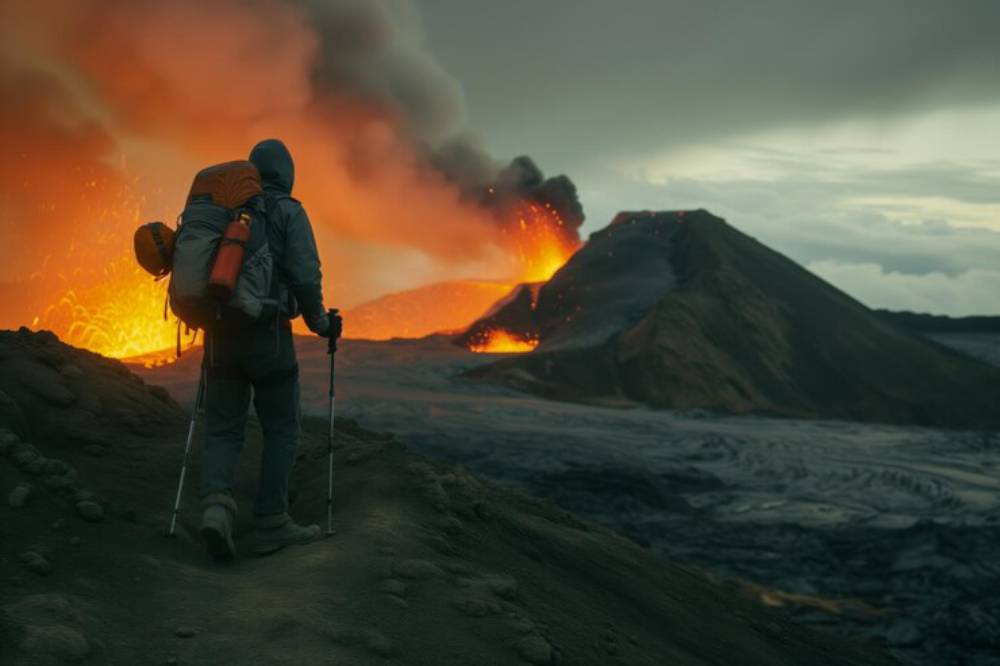
Volcano boarding at Cerro Negro isn’t just another thrill to tick off your bucket list. It’s a bold declaration that you’re up for anything — even sliding face-first down a steaming mountain.
From the climb to the descent, from the camaraderie to the sheer adrenaline, this is an adventure that leaves you dusty, dazed, and desperate to do it all over again. If you crave challenges with a story to tell, volcano boarding in Nicaragua is calling.
So, would you ride the black wave of Cerro Negro? Leave a comment, share your travel tales, or tag someone who needs to try this ultimate adventure!



